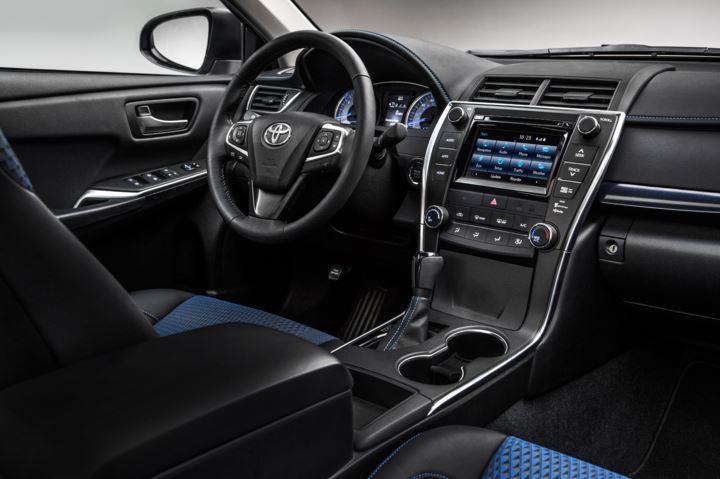Driving a manual car takes more skill than driving an automatic, but once learned it will help you decide which kind of car you prefer to use. Learning to drive a manual is beneficial for many reasons, including being able to drive all kinds of vehicles, in all kinds of terrain. Most 4×4 vehicles, classic cars, and sportier vehicles have a manual transmission. Read on for tips on how to drive a manual car? to avoid being a wrong way driver.
Basics
Don’t forget the basics which apply to all vehicles, such as fastening up your seatbelt and your basic mirror, signal, maneuver technique. Basic driving skills should be applied to all vehicles you intend on driving, be it an automatic or manual car transmission. Another tip when first learning to drive a manual is to roll down the window in order to clearly hear the engine sound. That way you can get used to how the engine sounds whilst you adjust and change gears.
The three pedals: clutch, brake and gas
A manual vehicle is fitted with three pedals. The far left pedal is the clutch, the middle pedal is the brake, and the last pedal on the right is the gas pedal. The clutch pedal is for when you wish to change gears. Pressing the clutch pedal down disengages the spinning wheels from the spinning engine, which allows you to switch gears without grinding the teeth of the gears (this is the distinctive grinding noise you hear when you have not disengaged the gears correctly). In order to change gears, either up or down, the clutch pedal must be engaged.
The stick shift
Next is the stick shift, which controls which gear you wish to place the vehicle into. The neutral position of the stick shift is dead center. The upper left position is first gear. You should always work your way up and down through each gear. The gears should be clearly marked out, but you will soon get a feel for where each gear is, without having to check.
[efsbutton class=”btn” style=”” size=”” color_class=”” align=”left” type=”link” target=”false” title=”Join our FREE CAR GIVEAWAY Campaign here” link=”https://carfromjapan.com/campaign/car-from-japan-free-car-giveaway-2018″]
Technique
When changing gears, the clutch pedal needs to be depressed into the floor with your foot, then the stick shift can be moved into the gear position. Chances are you will stall the vehicle when you first attempt to do this, as most beginners still have to master the technique of engaging gears smoothly. If you release the clutch pedal too quickly, it can jar the gears, causing it to stall. Don’t panic if this happens, as it is a normal stage of learning. What you should be aiming for is developing sensitivity to the sound of the engine, in order to be familiar with the friction point. Once you have the vehicle in gear, gently lift your foot up from the clutch pedal until the RPM’s (revs) drop slightly and then apply light pressure on the gas pedal. If all goes well you will now be moving forward.
When you wish to stop the vehicle, make sure that you always drop back down into neutral. The only time the engine can be running without moving (and without the brake applied) is when the gear is in neutral. So always make sure that when you have finished driving, pausing, or starting the vehicle again, that the gear is always in neutral.
Note: always use a good driving teacher or good driving school for your driving lessons. Driving schools are normally equipped with dual controls, making this much safer than if learning with a friend or relative.



